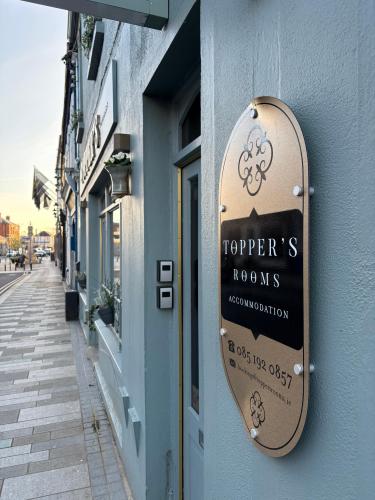公司信息
I am a local and have extensive knowlege of the area and if there is anything i can help you with before you arrive be sure to get in touch.
住宿信息
Leitrim was established as a county in 1583, when the Lord Deputy, Sir John Perrott, marked out its boundaries. Historically, the county formed part of the old Gaelic Kingdom of Breffni, which was ruled by the O’Rourkes. The Normans invaded the county in the 13th century. Although they succeeded in taking the south of the county, they failed to conquer the northern portion, which remained under the control of the O’Rourkes until the 16th century. Large portions of the county were confiscated from their owners in 1620 and given to the English adventurers, including Villiers and Hamilton, who founded the town of Manorhamilton. The objective was to plant the county with English settlers but this was largely unsuccessful. Carrick-on-Shannon became the chief town of the county, which had one other borough, Jamestown, built for settlers in the 17th century. There were three other market towns, Manorhamilton, Ballinamore and Mohill. The county was very badly affected by the Great Famine of 1845-52. The population was 155,000 in 1841 and by 1851 it had fallen to 112,000. Because of the poor agricultural productivity of the country, it has been a high emigration county ever since these times and the population is currently around 25,000. County Leitrim takes its name from the village of the same name situated close to the River Shannon. The village was an O’Rourke stronghold in olden times and was a place of some strategic importance as the river nearby is comparatively shallow and narrow. The Irish form of Leitrim – Liath Druim – means the grey ridge and is a common place name
Topper's Rooms is situated in the heart of a very vibrant town of Carrick on Shannon, Co Leitrim. Popular for tourists exploring the North West of Ireland and enjoying the many restaurants, bars, restaurants and nightlife.
周边信息
Leitrim was established as a county in 1583, when the Lord Deputy, Sir John Perrott, marked out its boundaries. Historically, the county formed part of the old Gaelic Kingdom of Breffni, which was ruled by the O’Rourkes. The Normans invaded the county in the 13th century. Although they succeeded in taking the south of the county, they failed to conquer the northern portion, which remained under the control of the O’Rourkes until the 16th century. Large portions of the county were confiscated from their owners in 1620 and given to the English adventurers, including Villiers and Hamilton, who founded the town of Manorhamilton. The objective was to plant the county with English settlers but this was largely unsuccessful. Carrick-on-Shannon became the chief town of the county, which had one other borough, Jamestown, built for settlers in the 17th century. There were three other market towns, Manorhamilton, Ballinamore and Mohill. The county was very badly affected by the Great Famine of 1845-52. The population was 155,000 in 1841 and by 1851 it had fallen to 112,000. Because of the poor agricultural productivity of the country, it has been a high emigration county ever since these times and the population is currently around 25,000. County Leitrim takes its name from the village of the same name situated close to the River Shannon. The village was an O’Rourke stronghold in olden times and was a place of some strategic importance as the river nearby is comparatively shallow and narrow. The Irish form of Leitrim – Liath Druim – means the grey ridge and is a common place name in Ireland as we find over forty “Leitrims”, either as townlands, villages or streets in the country. The County is all but landlocked, having a coastal outlet to the Atlantic only two miles in length on Donegal Bay bay
The town is famous for its smallest chapel in Europe, arts and crafts, Blueway networks which you can travel by bike or foot to explore and its many restaurants for various cuisines.

 澳大利亚
澳大利亚 爱尔兰
爱尔兰 爱尔兰
爱尔兰 爱尔兰
爱尔兰 爱尔兰
爱尔兰 英国
英国 爱尔兰
爱尔兰 捷克
捷克
 英国
英国 爱尔兰
爱尔兰

